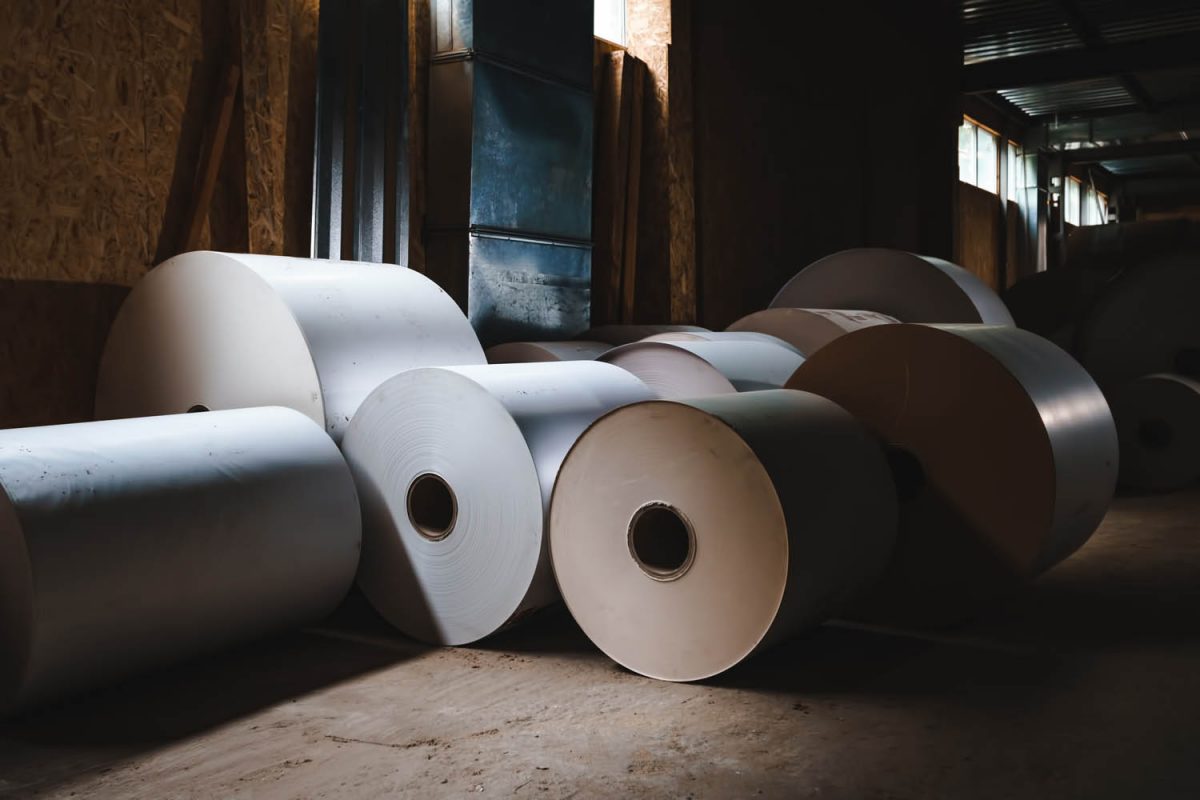A Closer Look at High-Quality Machining Blades
In an age dominated by digital mediums, the craft of papermaking remains revered skill. From the forest to the bustling mills, the creation of paper is a collaboration of precision and innovation. Within this complicated relationship are industrial knives and blade–engineered for each process with unparalleled accuracy and efficiency. Join us as we explore the steps of papermaking and uncover the secrets of the highest quality industrial machine knives and blades.
The Process of Making Paper–From Forest to Commercial Businesses
Harvesting and Pulping
The journey begins amidst the towering trees of the forest, where skilled loggers carefully select mature specimens for harvesting. As the logs are brought to the mill, they undergo debarking, a process facilitated by razor-sharp cutoff knives and sheeter knives. These extremely durable blades utilize high-carbon steel or advanced alloys. They effortlessly strip away the bark, preparing the raw material for the next phase: pulping.
In the pulping process, precision is paramount. Bottom slitters and circular perforators, featuring ultra-hard inlaid carbide edges, efficiently break down the wood into manageable pieces. Core cutters, with their razor-sharp blades and durable construction, ensure consistency in pulp size. These knives need to combine cutting-edge metallurgy with engineered designs to deliver unmatched performance in the most demanding environments.
Refining Pulp to Paper
With the pulp ready for transformation, the product transitions to the paper mill, where refinement awaits. The pulp undergoes a series of processes, where slitters and anvils meticulously control thickness and texture. Split slitters, featuring precision-ground edges and advanced coatings, ensure consistency in the pulp mat. Meanwhile, web splicers, crafted with aerospace-grade alloys and state-of-the-art machining techniques, seamlessly join rolls of paper, minimizing waste and maximizing efficiency.
As the pulp journey nears its end, cutoff knives, circular perf blades, and sheeter knives take center stage. These blades, engineered for high-speed cutting and long-term durability, slice the continuous web of paper into precise sheets and add perforations. With advanced heat-treating processes and proprietary edge geometries, these knives maintain razor-sharpness, even under the most demanding conditions. Whether it’s stainless steel for corrosion resistance or tungsten carbide for extended wear life, the choice of metallurgy is tailored to the specific needs of each application.
The Importance of Metallurgy and Coatings on the Pulp and Paper Industry
Metallurgy plays a critical role in the performance of industrial knives and blades in the pulp and paper industry. The choice of materials determined by a manufacturer determines the longevity, sharpness, and reliability of each blade. Pulp and paper manufacturers often find powdered metal to be the best choice for slitter knives, as it offers exceptional durability and wear resistance, crucial for the demanding cutting tasks involved in paper production.
When it comes to splicers, while they are commonly supplied by original equipment manufacturers (OEMs) using carbon material, there is a prevalent trend toward upgrading to M2 or M42 high-speed steel. This upgrade enhances hardness, thereby improving the splicer’s ability to withstand the rigorous demands of continuous operation in paper mills.
Coating choices further enhance the performance and longevity of industrial knives and blades. Leading companies leverage the latest advancements in coating technologies to provide added protection against wear, corrosion, and adhesive buildup–extending the lifespan of the blades and ensuring consistent cutting performance.
By combining the right metallurgical composition with advanced coatings, manufacturers can supply high-quality industrial blades that excel in one of the harshest environments, ensuring optimal performance and quality cuts at every stage of the papermaking process.
Choosing the Best Knives for the Pulp and Paper Industry
In a landscape defined by precision and efficiency, selecting the right knives is paramount. Industrial knife and blade manufacturers play a pivotal role, offering a diverse array of solutions custom and made-to-order (MTO) solutions to the unique demands of the pulp and paper industry. By partnering with trusted manufacturers, mills can ensure optimal performance, minimize downtime, and achieve superior quality cuts–ultimately driving profitability and success in this competitive market. Discover why TGW’s machine knives are a cut above the rest.


